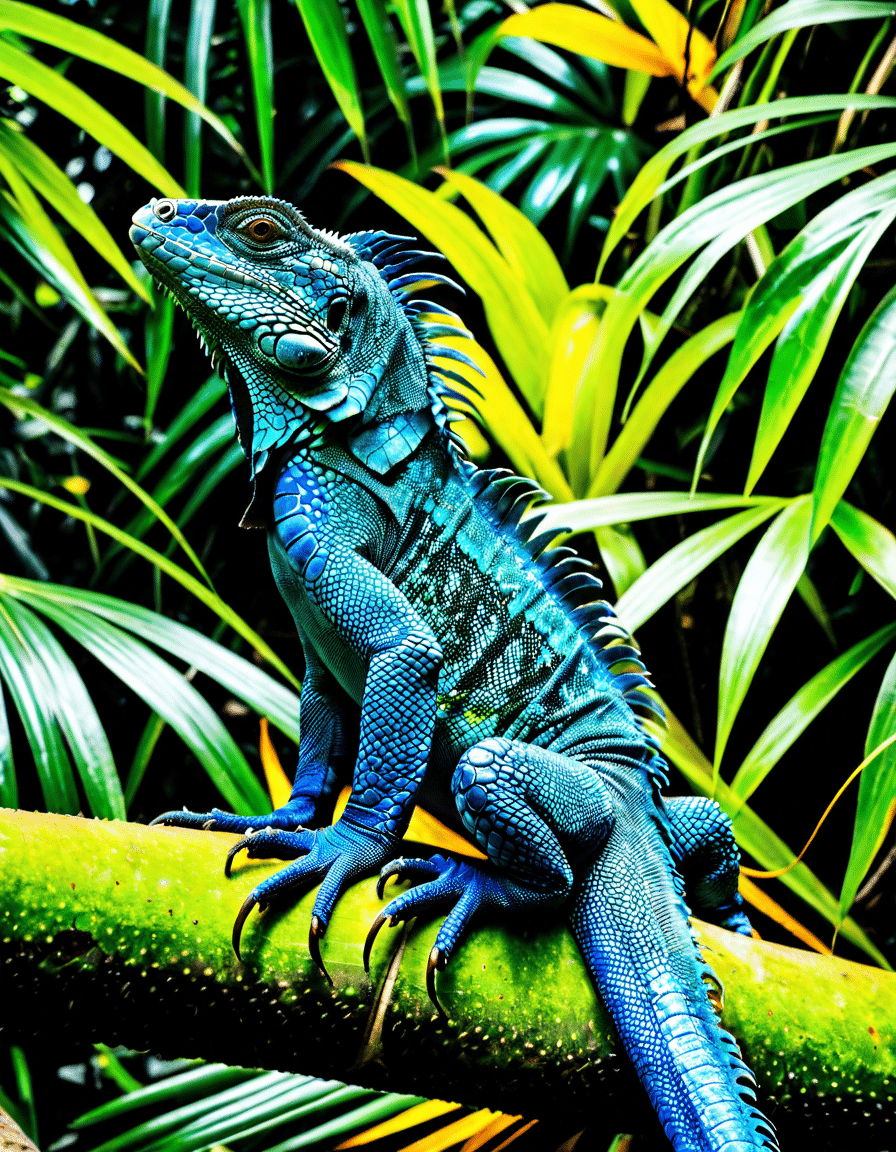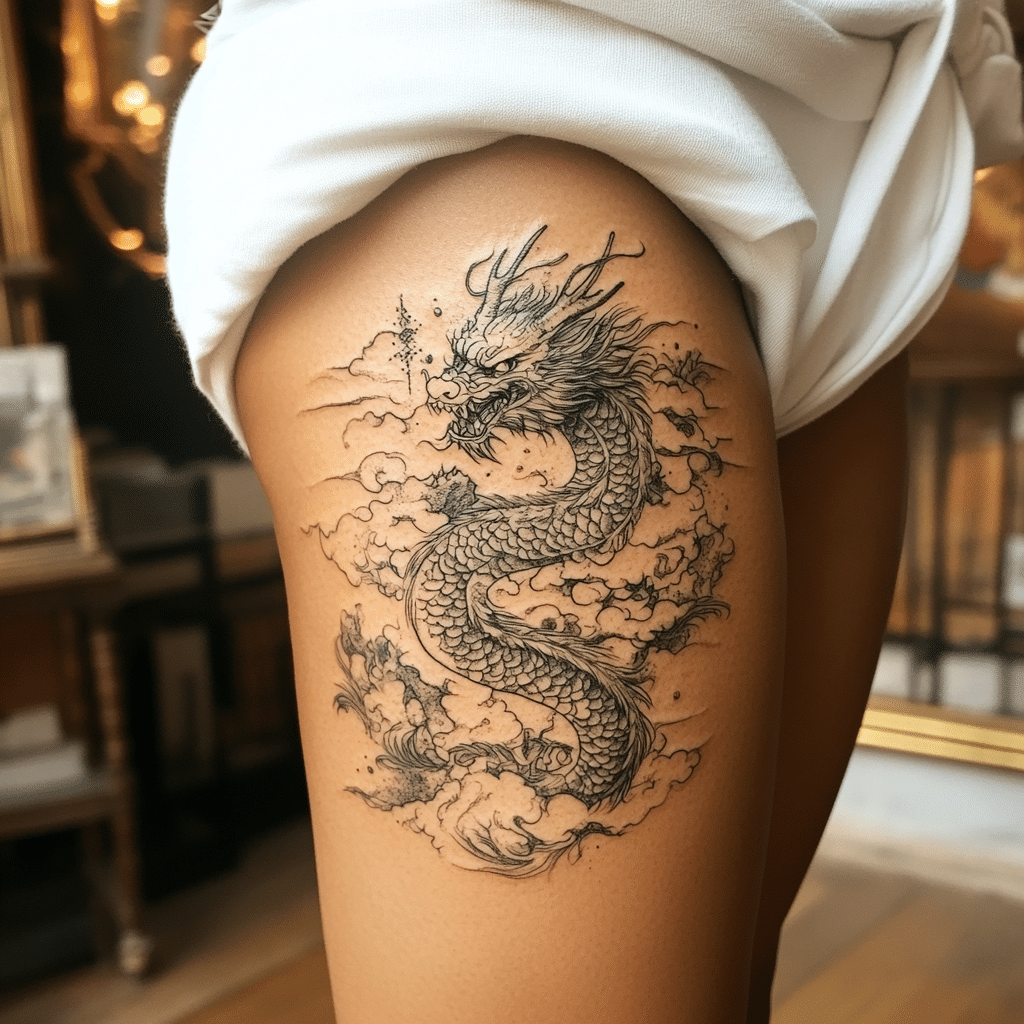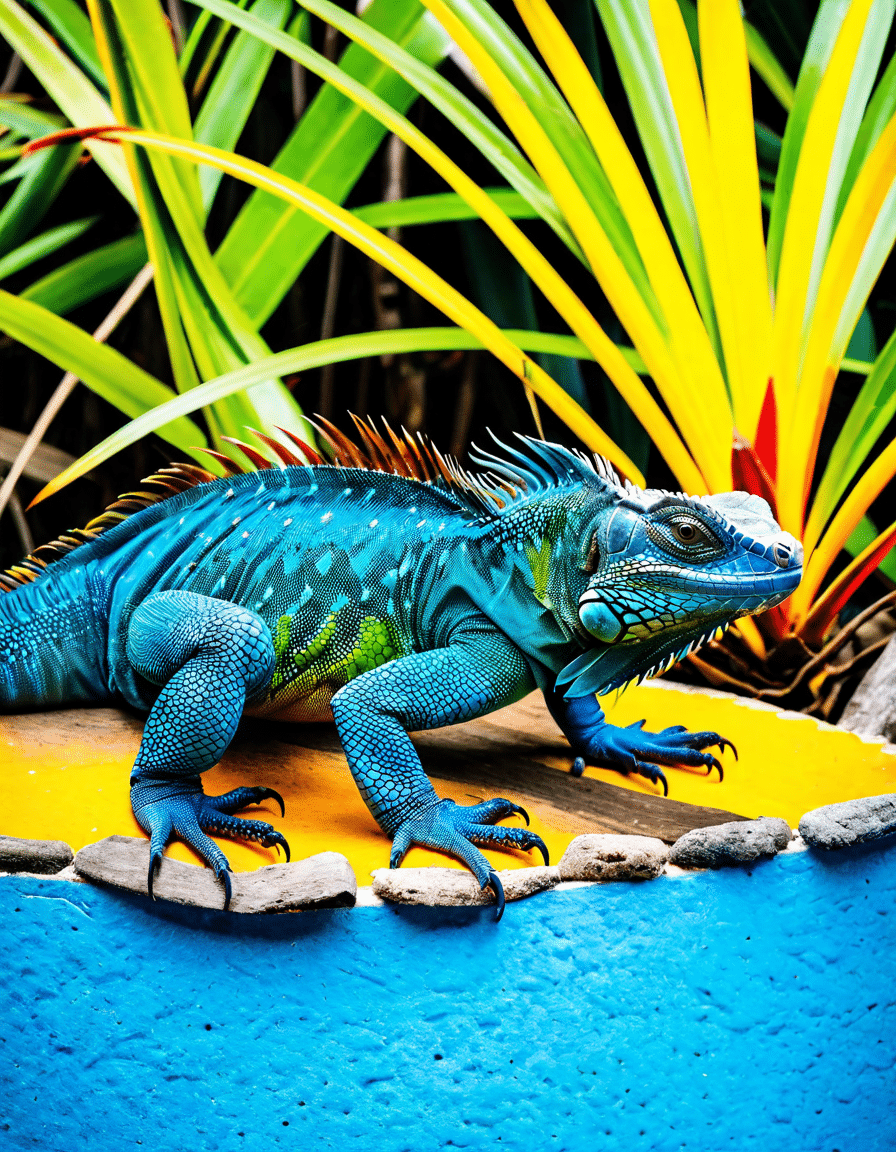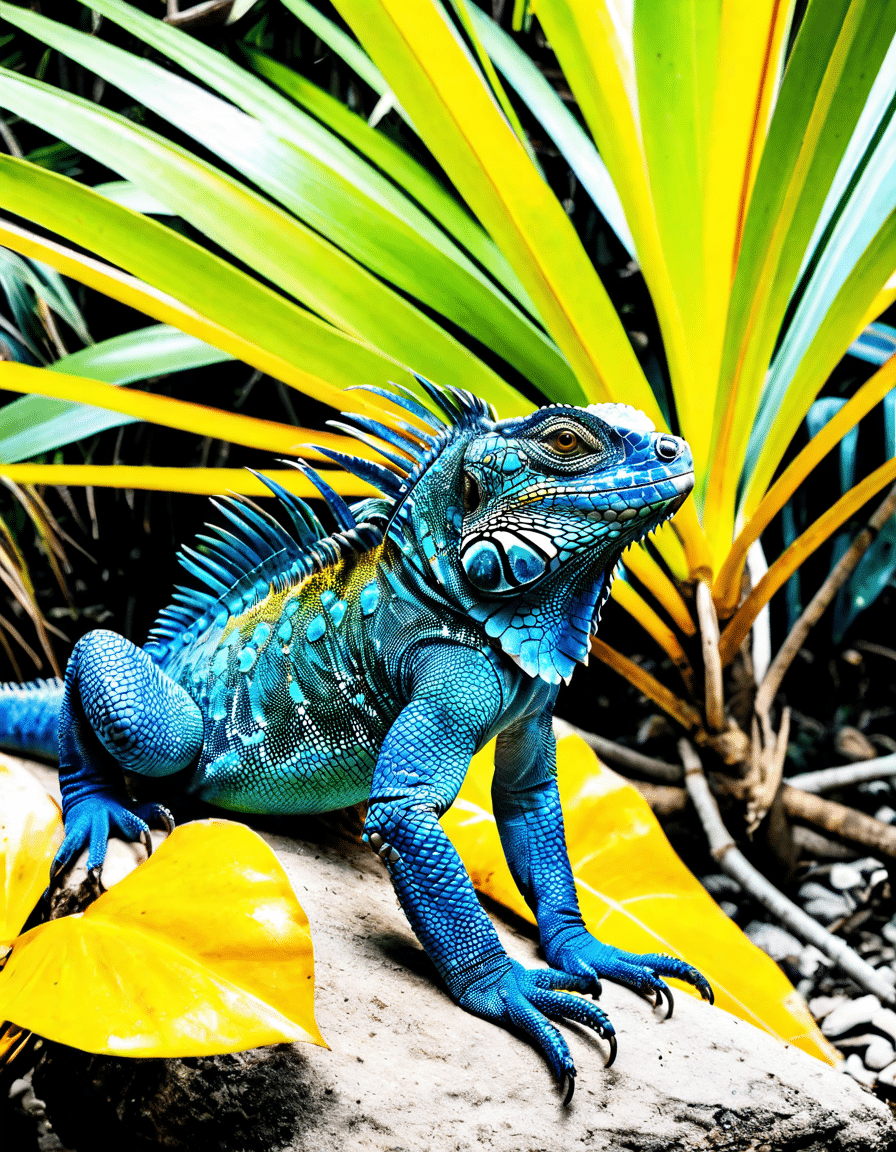
Blue Iguana Fascination What Makes This Lizard Unique

Understanding the Blue Iguana: A Dive into Its Unique Characteristics
The blue iguana (Cyclura lewisi) has captivated the hearts of reptile lovers and scientists since its introduction to the world. Endemic to the Cayman Islands, these stunning creatures stand out for their vibrant bluish scales. During the mating season, mature males flaunt this dazzling color, partly due to environmental conditions and how light reflects off their scales. This fascinating trait not only attracts potential mates but also provides clues about their evolutionary journey.
Moreover, their unusual coloration isn’t just for show. Blue iguanas use it as a warning signal against predators lurking in their rocky habitats. Their impressive physical characteristics, including strong limbs and a long tail, allow them to traverse the challenging landscapes of their home islands, offering advantages in both mobility and agility. These adaptations are essential for surviving in rugged environments where most species might struggle.
In understanding the blue iguana, it’s crucial to note their role in biodiversity. They’re not just beautiful; they serve as indicators for the health of their ecosystem. As researchers continue to study these lizards, they uncover more about how unique traits, like their coloration and robust physiques, link to their survival and breeding behaviors.

Top 5 Unique Traits of the Blue Iguana
The dazzling blue of the blue iguana stands out dramatically, especially in males. This vivid coloration serves as an attraction for mates and acts as a deterrent to predators. Besides the coloration, their sturdy limbs and lengthy tail provide strength and agility, making them well-equipped for their rocky environments.
Native to Grand Cayman, blue iguanas have adapted to rocky limestone cliffs and low brush. Their ability to eat native plants, especially sea grape leaves, highlights their unique dietary needs. Ongoing conservation efforts focus on preserving these habitats to maintain the fragile ecological balance on the islands.
Unlike many lizards, blue iguanas display fascinating social behaviors. Males engage in head-bobbing displays as a means of establishing dominance and courting potential mates. These interactions indicate a more nuanced social structure than previously thought, revealing that blue iguanas have rich social lives worth exploring.
Once in dire straits, the blue iguana’s population has dramatically risen due to dedicated conservation work. Organizations like the Blue Iguana Recovery Program transformed their future, boosting the population from just about 30 individuals in 2004 to over 1,000 today. This remarkable turnaround emphasizes the importance of commitment to conservation.
The blue iguana’s mesmerizing appearance has made it a popular subject in tattoo culture, often paired with butterfly tattoos. This combo symbolizes transformation and resilience, echoing the essence of nature itself. Tattoo artists like Megan Massacre bring these designs to life in unique styles, showcasing the blue iguana’s captivating beauty through art.
The Ecological Role of the Blue Iguana in Grand Cayman
Blue iguanas aren’t just stunning; they play vital roles in their ecosystems. As herbivores, they aid in seed dispersal, contributing to the biodiversity of their environment. Research indicates that their grazing habits can influence plant growth, a testament to their ecological significance.
Their presence helps maintain healthy plant populations, fostering a diverse array of flora. This balance is critical not only for the island’s ecosystem but also for the myriad other species that depend on those plants. Blue iguanas truly embody the interconnectedness of life in Grand Cayman.
The Future of Blue Iguanas
Looking ahead, continued conservation and habitat restoration efforts are essential for the blue iguana’s survival. Raising awareness about preserving their environment is crucial in this endeavor. Collaborative efforts between local governments, conservation organizations, and community members play a pivotal role in securing a bright future for this remarkable lizard.
As these stakeholders further their commitment to habitat protection and sustainable practices, the outlook for the blue iguana remains promising. Conservation champions, such as the Green Lady lounge, work tirelessly to educate the public about the importance of protecting these unique reptiles as part of their cultural heritage.
With fascinating traits, significant ecological roles, and rich cultural ties, blue iguanas merge natural beauty with the responsibility of conservation. By taking steps to learn more about their lives, we not only appreciate their presence but also recognize our duty to safeguard their future. This commitment ensures that generations to come can experience the wonder of the blue iguana in its natural habitat.
In summary, the blue iguana offers a compelling blend of characteristics that demands our respect and admiration. Engaging with their story encourages a deeper appreciation of the natural world and the myriad of life forms that share our planet. Let’s make sure to champion these captivating lizards and their habitats, ensuring that they thrive well into the future.
Blue Iguana Fascination: What Makes This Lizard Unique
Nature’s Colorful Wonder
The blue iguana is a striking lizard that can only be found on the Caribbean island of Grand Cayman, making it quite a treasure of biodiversity. You might say it wears its vibrant hue like a jersey—specifically, a classic Jackie Robinson jersey.( Just like Robinson’s legendary status in baseball, these iguanas have their own unique historic significance; they’ve been around for millions of years, adapting to their island habitat expertly.
Fun fact: blue iguanas play an important role in their ecosystem. You see, they feast on various plants, helping with seed dispersal. Without them, the island’s flora might not thrive as it does today. And speaking of thriving, just like the character Ellie From The Last Of Us,( these lizards have their struggles—they’re facing threats from habitat loss and invasive species. Conservation efforts are crucial to keeping their population lively, reminding us of the balance in nature.
A Resilient Survivor
While blue iguanas look tough, they’re surprisingly sensitive to changes in their environment. Did you know they can be quite skittish? The blue iguana’s survival strategy can be reminiscent of the quirky adventures of Dagon From Jjk.( These reptiles often rely on their speed and agility to outrun predators. Although their coloration gives them a standout appearance, it serves a purpose: the vibrant blue helps them attract potential mates!
Interestingly, the blue iguana has experienced significant ups and downs in its population numbers. In the early 2000s, their existence was threatened, leading conservationists to take action. The story of their recovery is a remarkable triumph in wildlife conservation, much like the comeback of famous figures like Jenna Von Oy( in their respective fields. We’re now witnessing a resurgence in their numbers, breeding programs helping to repopulate the lizards and ensure they flourish on their home turf.
Cultural Connections
Blue iguanas have even made appearances in popular culture, broadening their allure. Just as a beloved character like Luna From Mlp( captures the hearts of fans, blue iguanas draw attention for their striking appearance. They symbolize the beauty of biodiversity, reminding us of our duty to protect such species. Plus, their unique look has inspired various forms of art, showcasing how nature often fuels creativity.
In conclusion, the blue iguana is more than just a pretty face. It’s a resilient survivor that plays an essential role in its ecosystem, reflecting the vibrant stories of both nature and culture. So next time you appreciate these incredible reptiles, remember their fascinating history and the crucial conservation efforts that keep them thriving. As we observe the blue iguana, we reconnect with the heart of wildlife preservation, blending the natural world with our artistic expressions.










